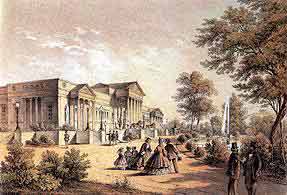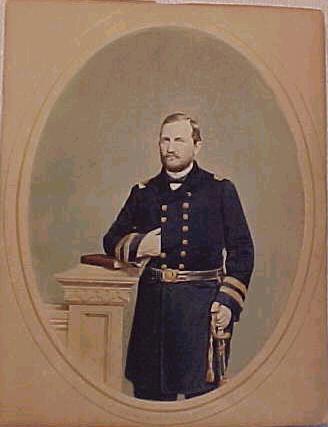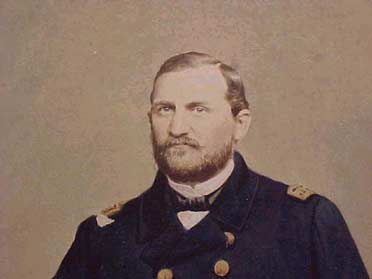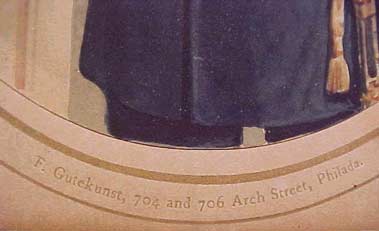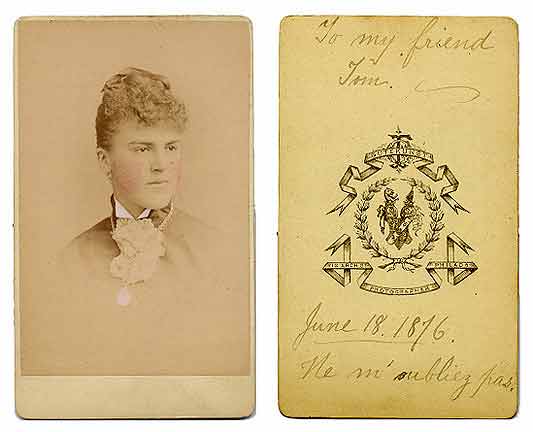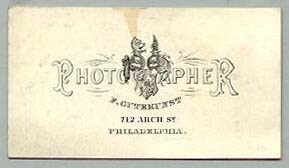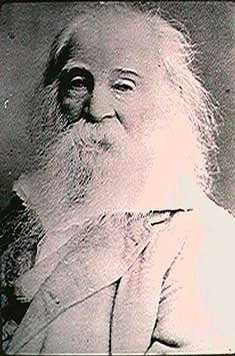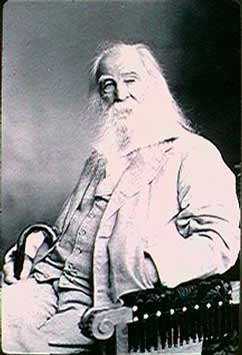GUTEKUNST GENEALOGY
Are Gutekunsts good at Art?
Well,... maybe. There are two notable artists among this family that I know of.
One was the German painter Johann Gottlieb Gutekunst, who in 1827 was asked by the King Wilhelm I. of Württemberg (reigned 1816-1864) to decorate the interior of his new chateau in Stuttgart, the "Schloss Rosenstein". Today this beautiful building is Stuttgart's Museum of Natural History.
|
|
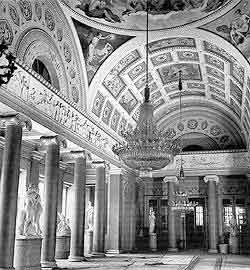 |
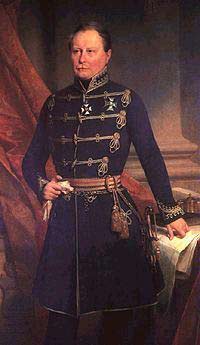 |
||
|
The Rosenstein Chateau in Stuttgart
|
..............Interior
of the Chateau - Ceiling decorated by
J.G. Gutekunst
|
King William I of Württemberg
|
The whole story can be found (in German) at: http://www.schlossgarten.de/un/rosenstein/rosensteinschloss.html
Julius Gutekunst (1883-1966) of the Haiterbach line was a gifted painter, whose works reflect the landscape of the upper Rhine valley around Kehl and Strassburg where he grew up.
Vistit this site www.julius-gutekunst-kunstmaler.de for his life story and an overview of his paintings.
Another talented Gutekunst was the American Photographer Frederick F. Gutekunst Jr. of Philadelphia (1831-1917). He was a favored photographer by the East Coast Elite and even celebreties like the shy Walt Witman and Civil War Hero General Grant, who later became President of the United States, had their picture taken by him.
|
|
|||||||
|
Unknown Union Officer taken by
F. Gutekunst ca. 1860
|
Photo by F. Gutekunst
|
Frederick Gutekunst was a daguerreian from 1857-1860 in Philadelphia, Pa. From 1854 to 1860 the firm was listed at 706 Arch Street (In 1857 at 164 Arch Street). Before entering into photography as a full time business, he succeeded in making copper electrotype plates from daguerreotypes. He obtained his first daguerreotype camera by trading an electrical battery to Dr. Isaac Norris for it, and then he got a better lens for the camera from a photographer known as the "Buckeye Blacksmith". Born in 1831 in Germantown, Pa., Frederick experimented early with the daguerreian process, and opened a gallery with his brother Lewis Gutekunst in 1856. Frederick Gutekunst is listed in "Photography in America" on several pages.
.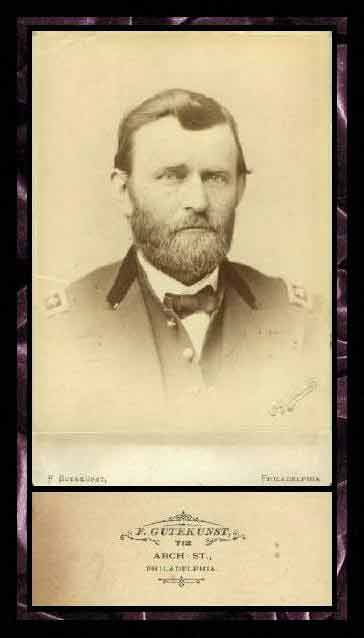 |
|
||||
|
General Grant taken by F. Gutekunst
|
An early Photographer Trade
card and a Portrait of an unknown lady by F. Gutekunst
|
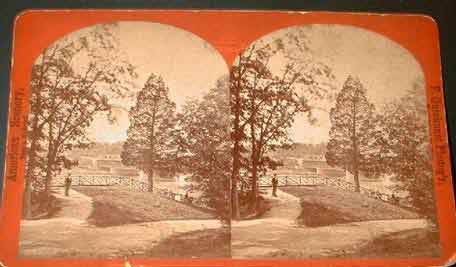 |
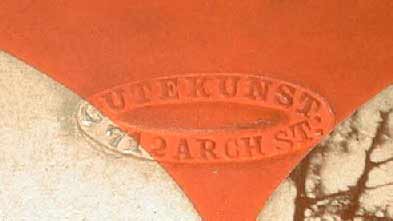 |
|
|
An ealy Stereoview of Philadelphia
by F. Gutekunst
|
The coat of arms which is shown on the back of many of his photographs is surenly not a registered coat of arms of the Gutekunst family, but rather a fashionalbe idea to please his fancy clients.
.
|
|
||||||
|
Some of Whitman's friends did not like it as much as Whitman, but Whitman recalled that Dr. Bucke "counts that the best picture yet--says that is the picture which will go down to the future." John Burroughs also was taken with it: "Gracious! That's tremendous! He looks Titanic! It's the very best I have yet seen of him. It shows power, mass, penetration,-- everything. I like it too because it shows his head. He will persist in keeping his hat on and hiding the grand dome of his head. The portrait shows his body too. I don't like the way so many artists belittle their sitters' bodies." Whitman liked the rough natural quality of the portrait: "Nowadays photographers have a trick of what they call 'touching up' their work--smoothing out the irregularities, wrinkles, and what they consider defects in a person's face-- but, at my special request, that has not been interfered with in any way, and, on the whole, I consider it a good picture." Jeannette Gilder, writing in The Critic soon after the photo session, described the portrait this way: "From its framework of thin white hair and flowing beard, the face of the venerable bard peers out, not with the vigorous serenity of his prime, but a look rather of inquiry and expectation." Whitman went so far at one point as to say that "to a person who gets only one picture, this picture is in more ways than any other spiritually satisfactory and physically representative." (http://www.whitmanarchive.org/archive1/photos/1880s/docs/112.html)
back to the main Gutekunst page
Copyright:
Gutekunst Archive 2000-2008
Any distribution and use of material displayed on the Gutekunst Genealogy
Web Page
other than for personal purposes will be prosecuted.
Contact: <gatter.archive@googlemail.com>
